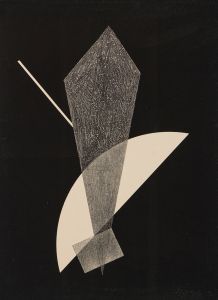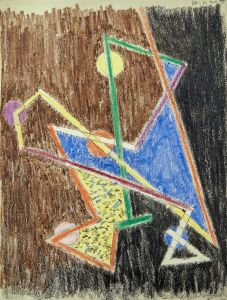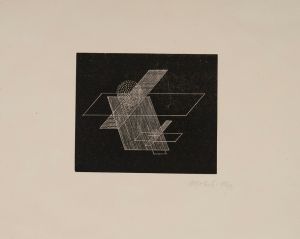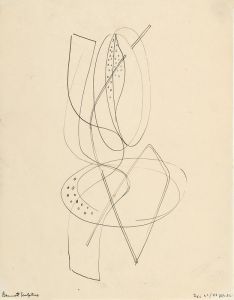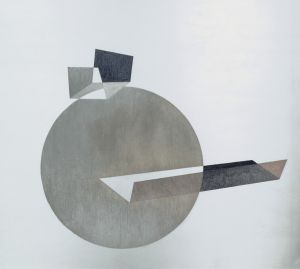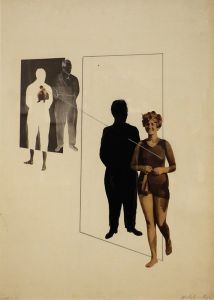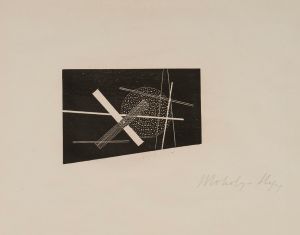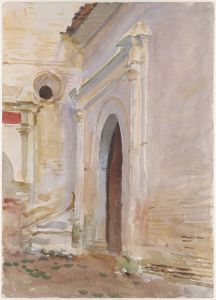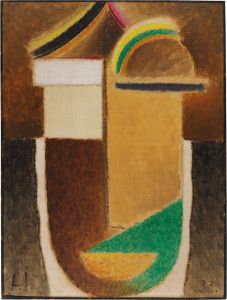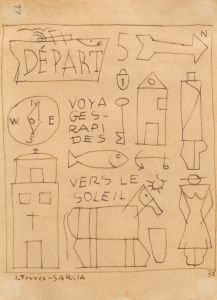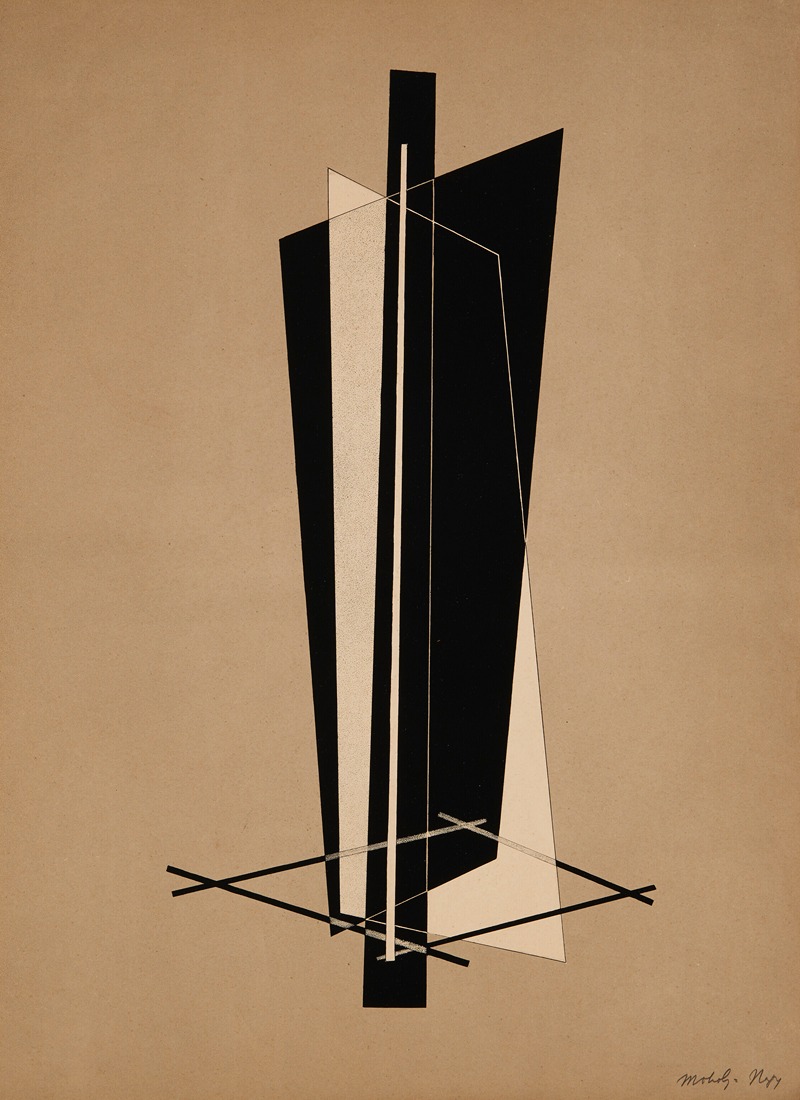
Konstrucktion VI
A hand-painted replica of László Moholy-Nagy’s masterpiece Konstrucktion VI, meticulously crafted by professional artists to capture the true essence of the original. Each piece is created with museum-quality canvas and rare mineral pigments, carefully painted by experienced artists with delicate brushstrokes and rich, layered colors to perfectly recreate the texture of the original artwork. Unlike machine-printed reproductions, this hand-painted version brings the painting to life, infused with the artist’s emotions and skill in every stroke. Whether for personal collection or home decoration, it instantly elevates the artistic atmosphere of any space.
László Moholy-Nagy was a prominent Hungarian artist and a key figure in the Bauhaus movement, known for his innovative approach to art and design. His work spanned various media, including painting, photography, film, and industrial design. One of his notable works is "Konstruktion VI," which exemplifies his exploration of abstract forms and the interplay of light and space.
"Konstruktion VI" is part of Moholy-Nagy's series of constructivist works that reflect his interest in geometric abstraction and the use of new materials and techniques. This piece, like many of his works, is characterized by its precise composition and the use of geometric shapes, lines, and a limited color palette. Moholy-Nagy was deeply influenced by the constructivist movement, which emphasized art as a practice for social purposes and the integration of art and technology.
The painting demonstrates Moholy-Nagy's commitment to exploring the relationship between form and function, a core principle of the Bauhaus philosophy. His work often sought to break down the boundaries between different artistic disciplines, and "Konstruktion VI" is no exception. The piece is a testament to his belief in the transformative power of art and its potential to influence society and culture.
Moholy-Nagy's approach to art was heavily influenced by his interest in photography and film, which he considered as integral to modern artistic expression as traditional painting and sculpture. This influence is evident in "Konstruktion VI," where the interplay of light and shadow creates a dynamic sense of movement and depth. The painting can be seen as a visual exploration of the same principles that he applied in his photographic and cinematic work, where light is both a medium and a subject.
Throughout his career, Moholy-Nagy was dedicated to the idea of the Gesamtkunstwerk, or "total work of art," which sought to unify all forms of art into a cohesive whole. "Konstruktion VI" reflects this ambition, as it synthesizes elements of painting, design, and architecture into a single, harmonious composition. The work is a clear representation of his belief that art should be an integral part of everyday life and that it has the power to shape the environment and influence human experience.
Moholy-Nagy's legacy is significant, as he was instrumental in bringing the ideas of the Bauhaus to the United States, where he founded the New Bauhaus in Chicago. His work, including "Konstruktion VI," continues to be celebrated for its innovative approach and its impact on modern art and design. The painting remains an important example of his contribution to the development of abstract art and his vision of a future where art and technology are seamlessly integrated.
In summary, "Konstruktion VI" by László Moholy-Nagy is a quintessential example of his constructivist approach and his commitment to the principles of the Bauhaus. Through its geometric abstraction and exploration of light and space, the work encapsulates Moholy-Nagy's vision of art as a transformative force in society. His influence continues to be felt in the fields of art, design, and architecture, making him a pivotal figure in the history of modern art.





